- A specially prepared Toyota Supra successfully drifted around obstacles on a track at California’s Thunderhill Raceway.
- Here's how similar technology can make future Toyotas safer on the road.
How Toyota's Self-Drifting Supra Could Make Your Next RAV4 Safer
Future Toyotas could take the wheel when you hit a patch of black ice
What does drifting — i.e., the art of driving sideways around corners with smoke billowing from the tires — have to do with the future of self-driving cars? It's a head-scratcher, but Toyota has an answer in the form of a self-drifting Supra.
In what Toyota Research Institute (TRI) says is "a world first," a Toyota Supra programmed with autonomous drifting capability successfully navigated a portion of the West track at California's Thunderhill Raceway while simultaneously avoiding obstacles on the course.
In the hands of an experienced driver, drifting can be fun. Anyone who grew up where it snows, or has the fortune of driving a rear-drive vehicle or one with a handbrake between the seats, knows what a blast drifting is when it's done right.
So what's the deal with Toyota Research Institute (TRI) building a Supra that can drift autonomously? That doesn't sound like fun. But it is kind of cool. And there is a method behind the seeming madness.
Toyota builds the world's first self-drifting car
Toyota worked with legendary drifter Ken Gushi, performance tuner GReddy, and the Dynamic Design Lab at Stanford University to create the self-drifting Supra. TRI says it modified the Supra's mechanical components to simulate the specifications of a Formula Drift car. Further customization gave it computer-controlled steering, throttle, sequential transmission shifting and individual wheel braking. Using a nonlinear model predictive control approach, TRI says it could apply the skill of a professional driver through autonomous driving technology programmed to operate beyond the point of tire saturation.
Say what, now? That's just engineer-speak meaning the Supra could autonomously skid in a controlled manner.
Perfecting autonomous drifting can make future RAV4s safer
Naturally, you might be wondering why Toyota would do this. After all, drifting has nothing to do with safe driving, right?
Wrong. The point of the exercise is to take what TRI learns about programmed driving expertise and apply it to vehicles people drive every day like the Toyota Corolla and RAV4. By doing so, the software can assist non-expert drivers who may find themselves in situations that take them to or beyond the limits of their abilities.
Avinash Balachandran, senior manager of TRI's Human Centric Driving Research, explains: "Through this project, we are expanding the region in which a car is controllable, with the goal of giving regular drivers the instinctual reflexes of a professional race car driver to be able to handle the most challenging emergencies and keep people safer on the road."
Toyota wants you to have a pro driver as a digital co-pilot
TRI cites slippery roads due to rain, snow or ice as a perfect example of how the self-drifting Supra project can ultimately help the average driver.
A professional driver, or even one who learned how to drive in a region where winter weather regularly makes a mess of the road, may instinctively drift a vehicle around a corner in such conditions. Most people, however, are not pro drivers. And that can lead to a loss of control and a collision.
By successfully programming a Toyota Supra to drift around obstacles on a racetrack autonomously, TRI makes significant progress on the idea of applying programmed expert driving capability to help non-expert drivers retain control of their vehicles in extreme situations.
Edmunds says
The cynic in us says this entire project was an excuse for TRI employees to play with a sports car on a racetrack. But, in reality, building a self-drifting Supra is an excellent way for TRI to bring attention to how autonomous driving technology able to adapt to edge-case scenarios can potentially reduce accidents and save lives in the future.
Imagine a day when an average driver in a typical commuter vehicle encounters an unexpected situation that forces both the car and the driver to the limits of their capabilities. The fruits of this labor could potentially help future drivers to recover from drastic losses of control.
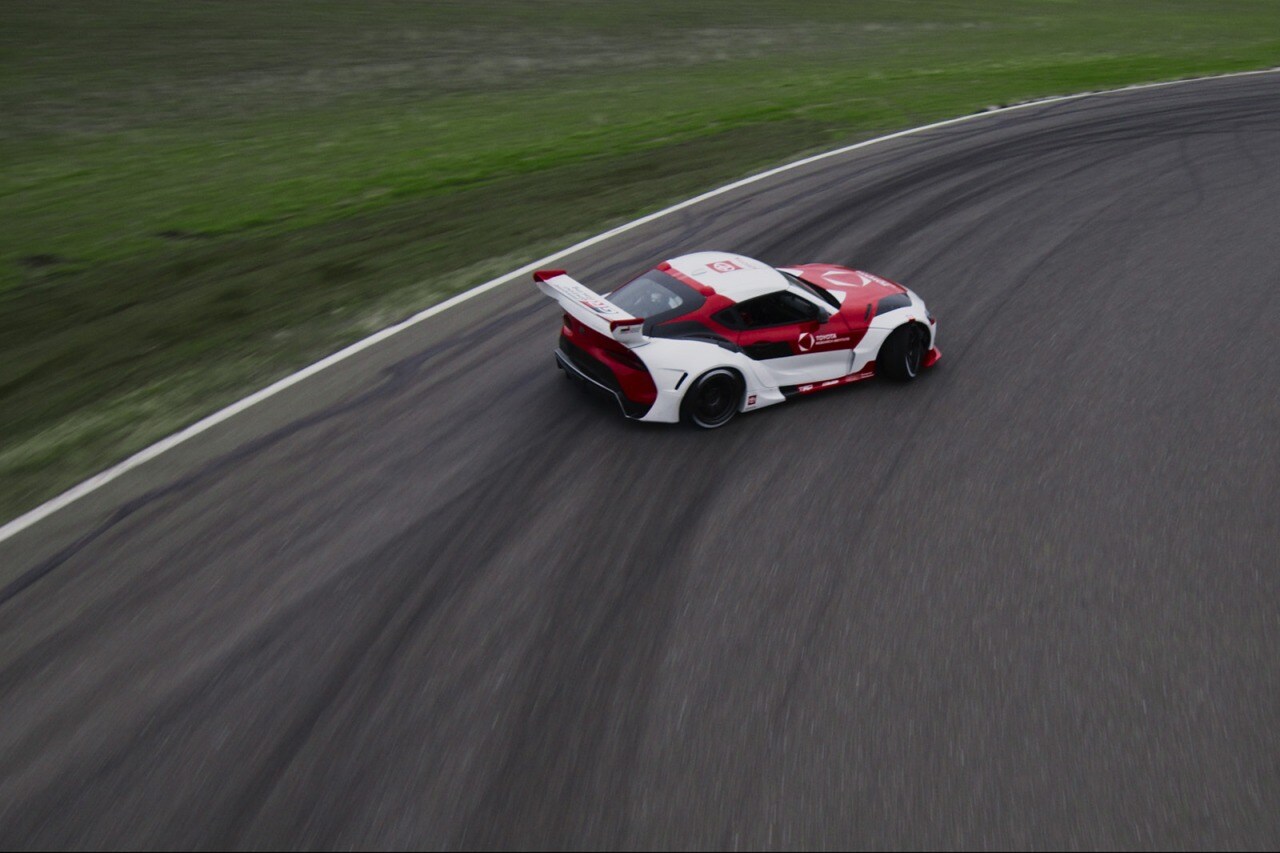
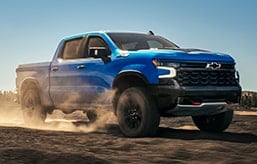
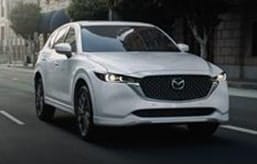
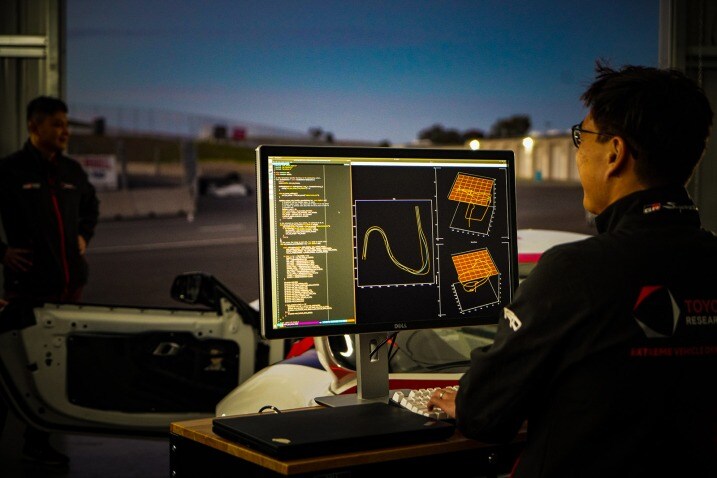
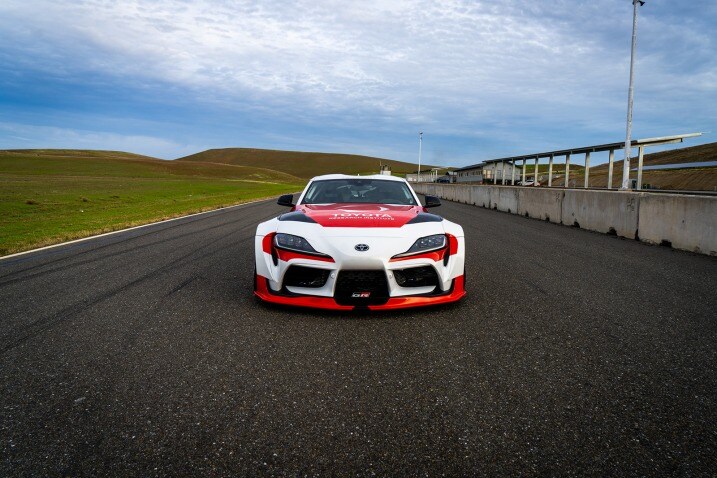
 by
by